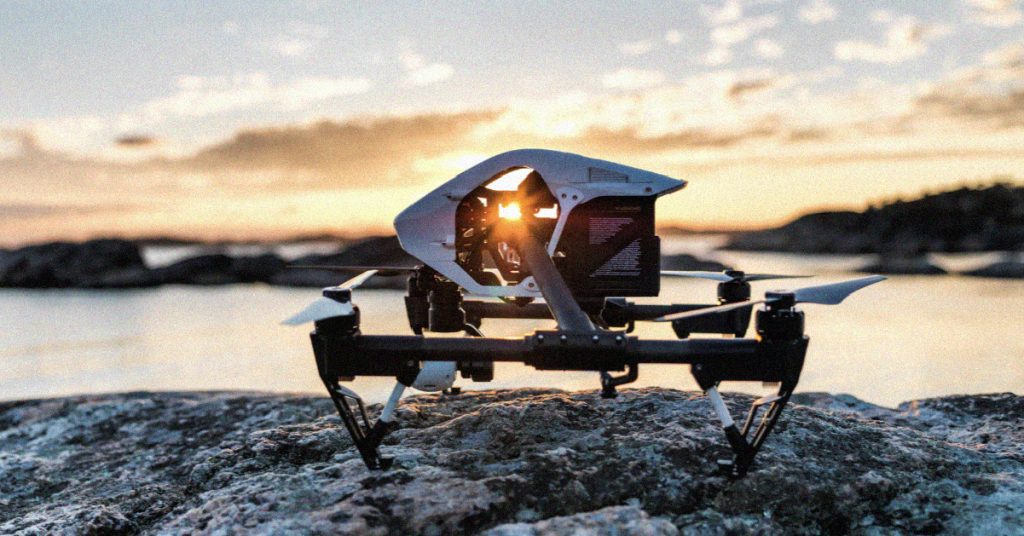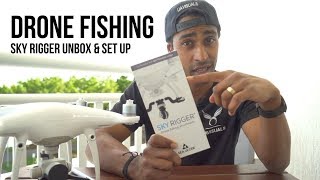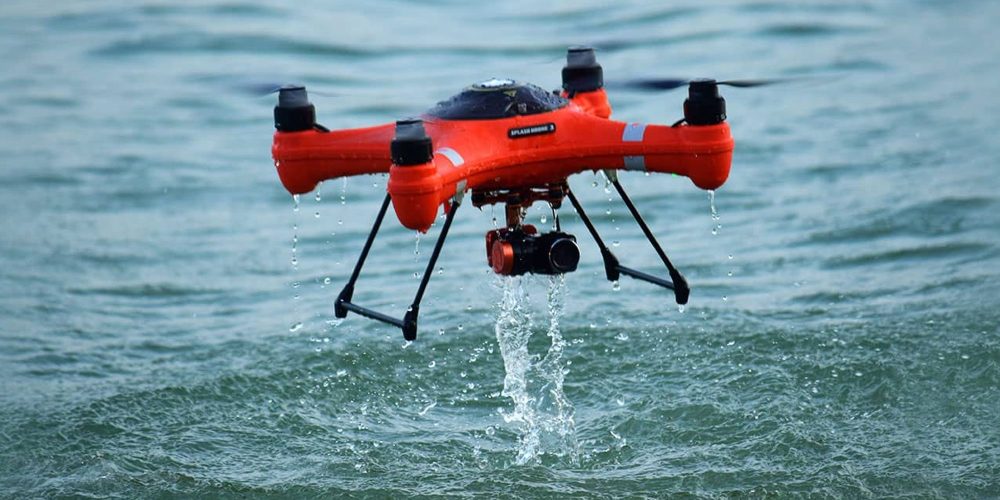
If you are an avid fisherman who lives in Australia, you may be able to use a drone and get an aerial view around the waters. Drones come with various features like a mechanical payload release, an angle adjustable camera, GPS positioning system, and a GPS receiver. There are also fishing lines available that can be used for fishing. They are very stable and secure. The SKY RIGGER drone is one such example.
SKY RIGGER, a drone fishing line, is available
The SKY RIGGER, a flexible fishing system for drones, allows you fish from the air using minimal effort. It has two rotating leg clamps, which can be mounted to many drone models. The release mechanism includes a bayonet connector and a cam-lock arm, which allows you to quickly unlock the line clamps. Sky RIGGER, unlike other drones requires no batteries and can handle all fishing techniques safely.
The SKY RIGGER includes an automatic release system for fish that strike your fly. You can also manually release your line with your rod or hand. This feature is available for all models of the SKY RIGGER. It is recommended that you purchase a Phantom 3 before purchasing the new SKY RIGGER. The following are some pros and con's of the new line:
It is equipped with a mechanical payload transfer
A drone with a mechanical payload release system is one of the most important aspects. Many are designed to make it easy for anglers to remove their fishing line. However, some models do not have a release mechanism. Instead, to remove the drone from its fishing line, the user must "yank” it. This can be difficult, especially for those who aren’t used to releasing the line with their hands.

Another important feature of the drone's payload release system is its size. When a fish strikes, the payload must be able release the line from the drone. Before you try this method, it is important that you practice catch-and-release fishing. The fish cannot be pulled to shore and then released back into the water. The DJI Phantom drone has been reported to have excellent results by many people. But, it is still not as advanced as other fishing drones.
It also has a GPS position system
Rippton is a joint Australian and Dutch venture that specializes in technology-oriented fishing products. Its mission is to increase angler success rates through the development of products that enhance fishing experience. Rippton's Mobula drone features a GPS positioning system and a remote release. The Mobula is able to hold bait on the surface, resist kite clips and is environmentally friendly.
It's lightweight, weighing just 3 pounds, and can fly for up to 18 minutes. The high-tech GPS system allows it to be controlled up to 2,000 feet away. It can fly for up to 1000m, which is half a mile. It can take high-quality pictures of its surroundings thanks to its point of interest function. You can get amazing views of fish with its high-resolution camera.
It has a failsafe feature
Aerokontiki's drone fisherman has a failsafe feature. It monitors the battery level, and releases the line when it is needed. In the event of a failure of the battery, it will return to dry ground so that it can continue its mission. It is equipped with industrial-grade flight controllers that can be used anywhere, without the need for calibration. The drone can be used in even the most challenging water spots, and is waterproof.

FAQ
Is drone regulation regulated by the FAA
The FAA supervises all aspects related to drone operations, including certification requirements and safety standards.
Is it possible to fly a helicopter while driving?
Driving a drone is dangerous, as it could cause an accident or crash into another vehicle. Also, you could hit pedestrians or animals. In addition, you could damage your car by hitting power lines, trees, or buildings.
A drone can spy on you.
Anyone can spy on you with a drone. It is important to be aware of drones and to avoid any areas they may fly. You should immediately call 911 if you see a drone fly around.
What are the rules for operating drones?
The FAA must register your drone. The registration process involves providing information about your drone, such as its weight, size, battery power, and frequency. The FAA will issue you an identification number.
Statistics
- Research and Markets predict a growth rate of 51.1% over the next five years. (thedroneu.com)
- According to industry research from ZipRecruiter , there are 10 cities where the typical salary for a Drone Pilot job is above the national average. (dronesgator.com)
- According to the multiple listing service (MLS), houses and apartments with drone photographs are up to 68 percent more likely to sell than those without pictures. (thedroneu.com)
External Links
How To
How To Fly Drones For Beginners
A drone is a remotely-controlled aircraft that is used for aerial photography and surveillance. The technology behind drones has been around since World War II. However, commercial use began in 2010 when DJI released their Phantom series of quadcopters. From beginner-friendly drones such as Parrot AR Drone 2.0 through professional-grade multirotor craft like DJI Mavic Pro, many types have been available.
There are many options for flying a drone.
-
Remote control - This method uses a control device attached to your hand, which enables you to steer the drone through its flight path. There are two main types for controllers: Joysticks or On/Off switches, which can be used to control the drone's flight path.
-
Manual Control - This method uses a smartphone app to remotely control the drone using GPS coordinates. You must keep track of the location where you want the drone to go and follow the instructions from the app.
-
Autonomous Flying - This allows the drone to take over all of the piloting duties. It allows the drone to fly independently without any human intervention. To enable autonomous flight, the drone should have a built in camera and sensors capable recording images and data.
-
Triggered Flight - This method is similar to manual control, except the pilot manually sets up a preprogrammed route, and the drone follows that route until it reaches the endpoint. Once the programmed route is completed, the drone lands automatically and returns back to the base.
-
Landing Gear – A few drones come with landing gear. This allows them land safely in the event of losing power or running out of battery.
-
Goggles - Some pilots wear goggles to protect themselves from debris while operating.
-
Camera – Some drones have cameras, which allow you to take photos or videos from up high.
-
Obstacles. Some drones can have obstacle avoidance technology that stops them from hitting obstacles.
-
Speed - Some drones can travel at speeds over 40 mph.
-
Battery Life - Most drones can last between 20 minutes to 3 hours, depending on how much power you're using.
-
Range - Some drones can travel upto 30 miles depending on their models.
-
Power source – Some drones require external power sources, others require internal batteries.
-
Weight - Some drones have a weight of less than 1 pound and others weigh 4 lbs.
-
Size - Drones come in many sizes, from small gadgets that fit in one's hands to large craft that weigh more than 50 lbs.
-
Price - All drones fall within a specific price range, from high-end models that can cost thousands of dollars to lower-cost options starting at $100.